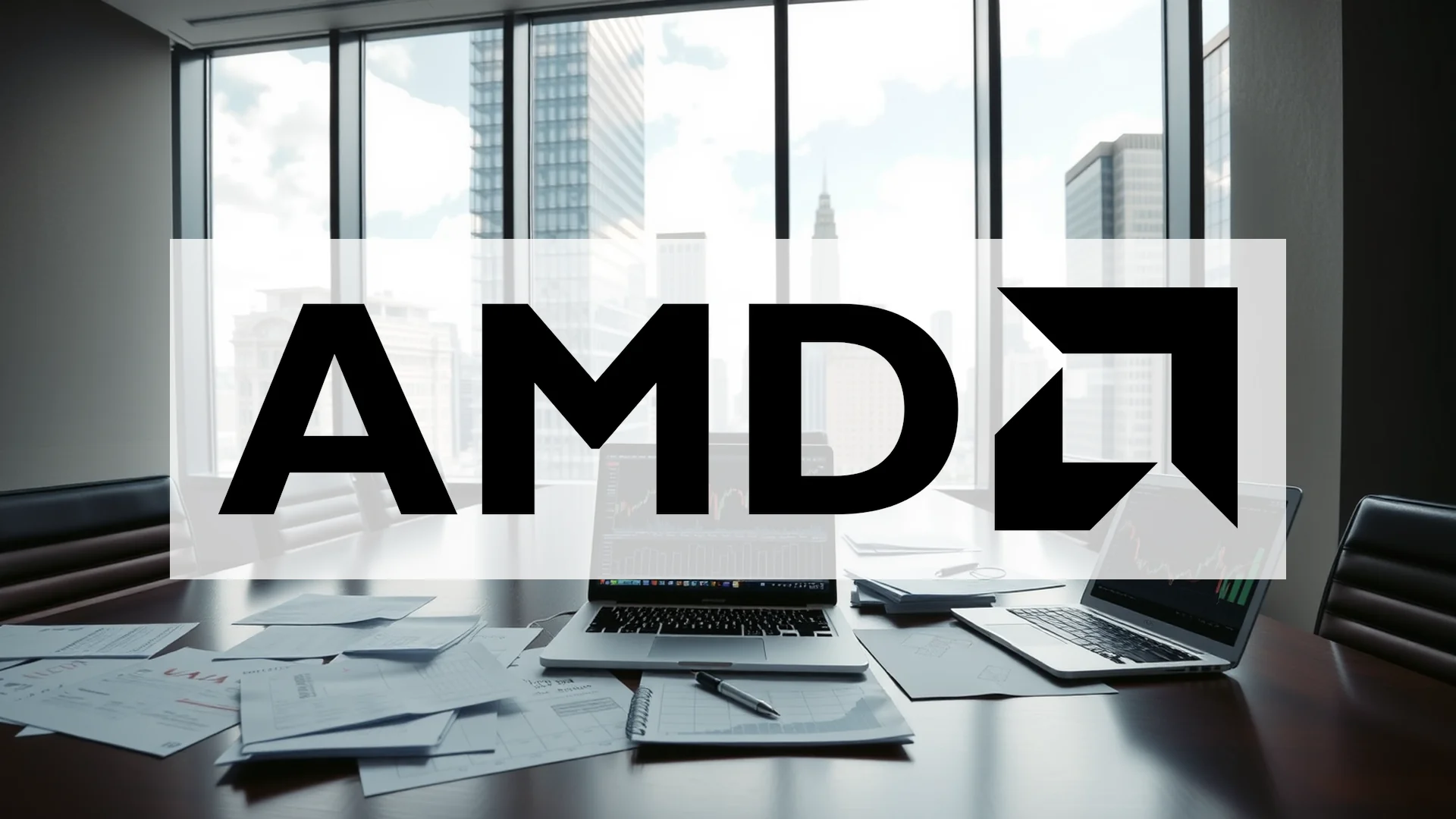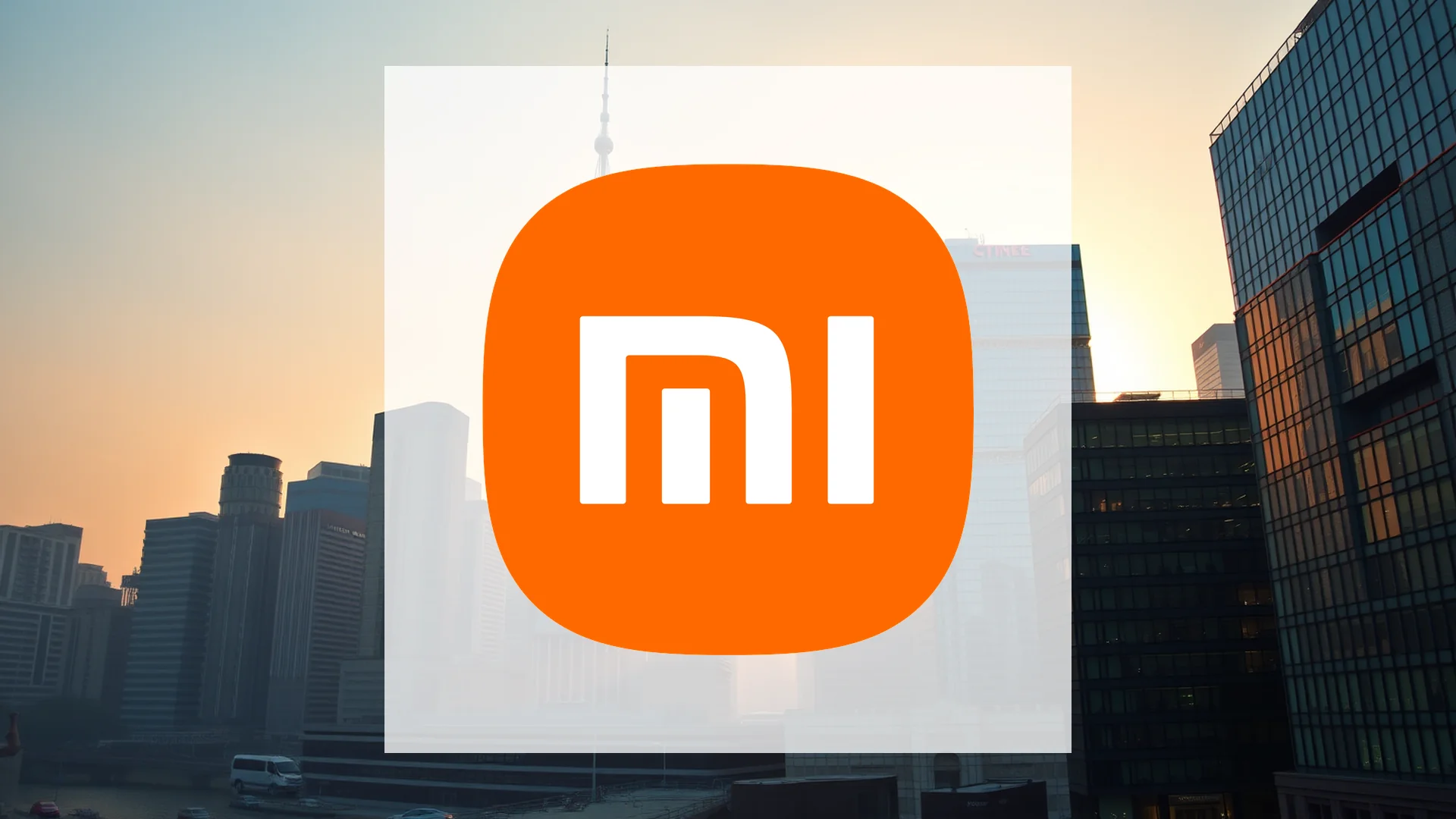A landmark agreement with artificial intelligence leader OpenAI has propelled Advanced Micro Devices (AMD) shares to their most significant single-day gain in nearly a decade. This multi-billion dollar arrangement not only represents a massive financial commitment but introduces an innovative equity component that could fundamentally reshape the competitive dynamics of the AI chip market, where Nvidia has long maintained dominance.
Strategic Partnership Details and Financial Implications
The cornerstone of this arrangement involves OpenAI’s commitment to purchase AMD Instinct GPUs with computational capacity reaching 6 gigawatts annually over several years. This translates to yearly procurement valued in the tens of billions of dollars, culminating in a total expenditure exceeding $100 billion across a four-year timeframe.
What distinguishes this agreement from conventional supply contracts is its unique financial engineering. OpenAI will receive warrants enabling the purchase of up to 160 million AMD shares at a nominal price of just one cent per share. Full exercise of these options would grant OpenAI approximately 10% ownership in the semiconductor company. However, the final warrant tranche only becomes exercisable once AMD’s share price reaches $600 – more than triple its current valuation.
“This collaboration combines the best of AMD and OpenAI’s capabilities,” remarked AMD CEO Dr. Lisa Su. Sam Altman, CEO of OpenAI, characterized the partnership as “a critical milestone in developing the computational infrastructure required to realize artificial intelligence’s full potential.”
Market Reaction and Analyst Upgrades
Financial markets responded with immediate enthusiasm. Investment firm Jefferies elevated AMD from “Hold” to “Buy” status while dramatically increasing their price target from $170 to $300 – establishing the highest valuation projection on Wall Street. Analysts at the firm acknowledged this substantial revision as uncommon, describing it as “powerful validation of AMD’s artificial intelligence roadmap.”
Should investors sell immediately? Or is it worth buying Advanced Micro Devices?
Wedbush analyst Dan Ives distilled the development into three words: “Game changer move.” He noted that AMD has now positioned itself “directly at the center of the AI chip spending cycle” while receiving an enormous vote of confidence from the industry’s most influential AI organization.
Reshaping the Competitive Landscape
This partnership marks AMD’s most substantial strategic advancement in challenging Nvidia’s overwhelming market share in AI accelerators, which currently stands near 90%. By aligning with OpenAI, AMD establishes itself as a core technology provider to the sector’s most prominent company.
The timing appears strategically advantageous. OpenAI’s ambitious Stargate project aims to achieve 250 gigawatts of computational capacity by 2033. This new arrangement with AMD complements a previously announced $100 billion agreement with Nvidia signed in September, demonstrating OpenAI’s deliberate strategy to diversify its chip suppliers beyond a single provider.
Initial shipments of AMD’s AI chips are scheduled to commence in the second half of 2026, beginning with a 1-gigawatt deployment phase. Investors will gain further insight into the company’s financial trajectory when AMD reports its third-quarter earnings on November 4 – the first financial results since the OpenAI announcement.
Ad
Advanced Micro Devices Stock: Buy or Sell?! New Advanced Micro Devices Analysis from November 24 delivers the answer:
The latest Advanced Micro Devices figures speak for themselves: Urgent action needed for Advanced Micro Devices investors. Is it worth buying or should you sell? Find out what to do now in the current free analysis from November 24.
Advanced Micro Devices: Buy or sell? Read more here...












